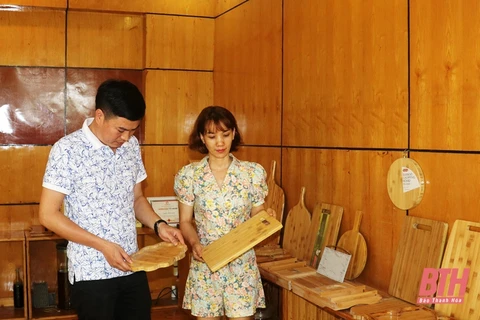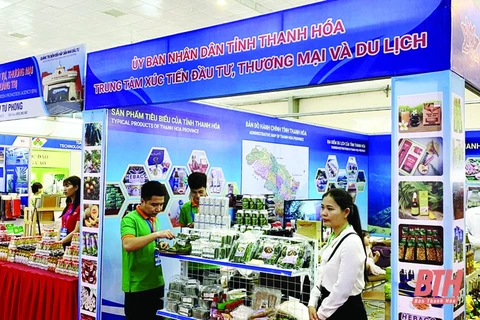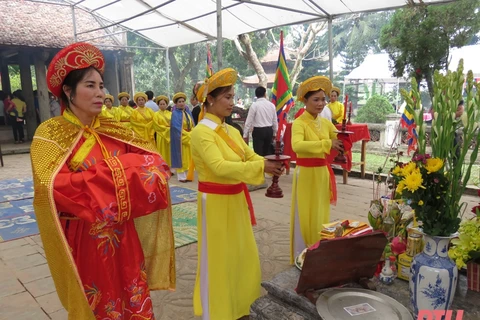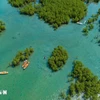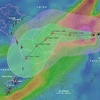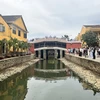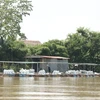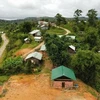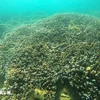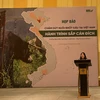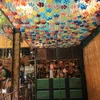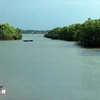 Thanh Hoa has issued a decision approving a plan to conserve and develop the Pu Luong Natural Reserve in a sustainable manner (Source: baothanhhoa.vn)
Thanh Hoa has issued a decision approving a plan to conserve and develop the Pu Luong Natural Reserve in a sustainable manner (Source: baothanhhoa.vn) The objectives of the plan include sustainably reserving and developing special-used forest and typical ecosystem of the area, promoting ecodiversity and protecting the environment, sufficiently using natural resources, actively dealing with climate changes, and ensuring water security.
It also aims to improve the livelihood for local community, contributing to boosting socio-economic development and ensuring defence, security in the province.
Specifically, the plan sets a target of effectively protect over 16,400 hectares of natural forest, maintaining forest coverage of over 97.7 percent and enhancing the capacity of protective forest in the upstream of Ma River, thus ensuring water supply for three hydropower plants and 129,000 hectares of farms as well as people in the lower basin of the river.
Comprehensive measures will be implemented to preserve and develop the genetic sources of 58 flora and 47 fauna species that are listed in the Vietnam Red Book and international conventions in which Vietnam is a member.
The provincial People’s Committee asked the Management Board of the site to coordinate with relevant agencies to implement the scheme.
Established in 1999, the Pu Luong Natural Reserve covers 17,662 hectares in Quan Hoa and Ba Thuoc districts of Thanh Hoa province. To the north-east, the nature reserve is bordered by Mai Chau, Tan Lac and Lac Son districts, Hoa Binh province. The Pu Luong Natural Reserve lies along two parallel mountain ridges, that run from north-west to south-east, and are bisected by a central valley. This valley contains several human settlements and a large area of agricultural land, and, hence, is not included within the proposed nature reserve.
Fauna has been confirmed and recorded so far to have 598 species of 130 families, 31 orders including 162 bird species, 55 fish species, 28 reptile species, 13 amphibian species, 24 bat species, 63 mammal species, 158 insect species, 96 snail species.
There are 51 rare and valuable and endemic species listed in the Vietnam Red Book (2000) and the IUCN’s Red List (IUCN, 2003) of which there are 26 mammal species, 5 bat species, 9 bird species, 5 freshwater fish species, 6 reptile species. It is noticable to affirm the certain existence of big mammals such as Clouded Leopard Pardofelis nebulosa, Golden Cat Catopuma temminckii, Owston’s Palm Civet Hemigalus owstoni, Serow Naemohedus sumatraensis, Asiantic bear Ursus thibetanus, Malayan Porcupine Hystrix brachyura.
The Pu Luong Natural Reserve is perhaps most renowned for remaining populations of the globally critically endangered Delacour’s Langur Trachypithecus delacouri, which is the second biggest population in Vietnam, after Van Long Nature Reserve. An estimated total of 31 to 38 individuals of the primate are believed to occur in four separate sub-populations at the Nature Reserve.
The limestone range is thought likely to encompass much of the remaining limestone associated species-richness. The Pu Luong Natural Reserve supports at least 1109 vascular vegetation species arranged in 447 genera, 152 families, including 42 endemic species of Vietnam and four species in IUCN’s Red List (IUCN, 2003).
It includes 160 species of orchids in wich there are some rare species such as: Hai orchid (Paphiopedilum spp), Kim tuyen (Anoectochilus spp) and some threatened conifers such as: Dinh tung (Cephalotaxus mannii), De Tung (Amentotaxus yunnanensis), Pedocarpus fleurgi (Podocarpus fleuryi), Pa Co pinus (Pinus kwangtungensis). There are four new species are discovered in the biodiversity inventory process./.
VNA
